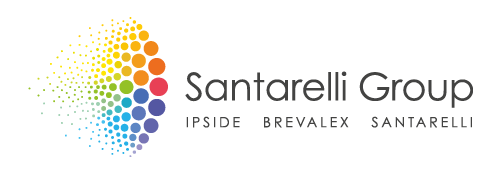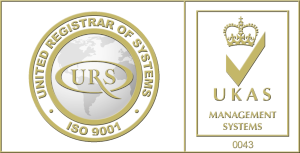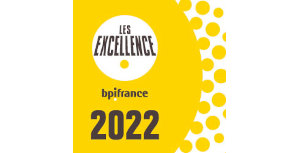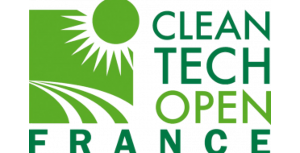With the Olympic Games already underway, communication is intensifying. Many partners want to enhance their image by associating themselves with athletes or the values of Olympism, defined by the triptych: excellence, respect, and friendship.
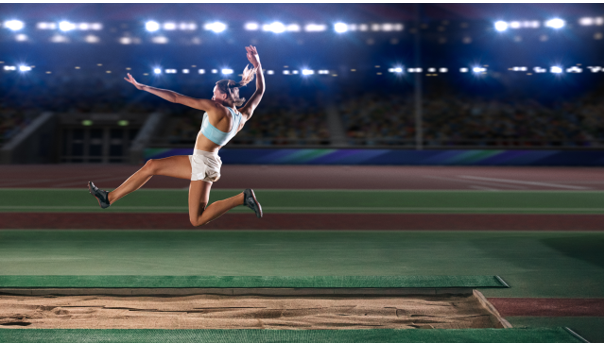
This leading international sporting event raises many questions about communication rules. What leeway is granted to the various stakeholders of the Olympic Games to associate themselves with the Olympic Movement and to use the symbols of Olympism?
The Olympic Movement is organized under the supreme authority of the International Olympic Committee (IOC). Its activities are governed by the Olympic Charter, Rule 40 of this provides for the possibility of using the name, image, or sports performances of Participants for advertising purposes[1].
To regulate the communication possibilities concerning the image of the participants, the IOC representative in France, namely the French National Olympic and Sports Committee (CNOSF), has published the Communication Guidelines for the application of IOC Rule 40 / Athlete Sponsorship and Advertising Rule.
Participants and Partners of the Olympic Games must comply with the Olympic Charter and the conditions of participation established by the IOC[2], with rules varying according to their status.
I. The exclusive use of Olympic properties granted to Olympic partners in their communication.
As the primary source of funding for the Olympic Games, Olympic Partners benefit from certain advantages that allow them to enhance their brand image by associating with the Olympic Movement.
Since 1985, the IOC has established “The Olympic Partner” (TOP) programme, a sponsorship system that provides financial and material support to athletes[3]. A similar system is operated at the national level, with the approval of the IOC, by the CNOSF, which owns the national Olympic emblems[4].
Thus, the TOP programme represents 30% of the IOC's revenue and generated nearly 3 million US dollars for the period 2017-2021, covering the Tokyo Olympic Games (according to the IOC Olympic Marketing Fact File 2024).
The negotiation of partnerships relies largely on the use of "Olympic properties" exclusively owned by the IOC, which notably include: the Olympic rings, the Olympic flag, the motto, the emblems, the anthem, the Olympic flame, and the designations "Olympic Games" and "Games of the Olympiad”[5].
The IOC is responsible for their use in accordance with the objectives outlined in the Olympic Charter, namely i) to promote the values of the Olympic Movement, and ii) to provide material support for the organization and communication surrounding the Olympic Games.
The granting of exploitation rights for Olympic properties in partnership licenses thus generates the necessary revenues to achieve the aforementioned objectives[6].
This exclusive exploitation is reflected in publications: it will therefore not be surprising to see Olympic properties associated with the big names of Olympic sponsors, such as Coca-Cola, LVMH, Accor, Carrefour, and Decathlon.
In parallel, Olympic partners are authorized during the period of the Olympic Games to use the image of athletes and other participants for advertising purposes, subject to the terms of the concluded Olympic partnership contract and with the consent of the concerned participants.
The use of the image, performances, and personal attributes of athletes and other participants has long been reserved for Olympic Partners; for the 2020 Tokyo Games, the IOC and the CNOSF afforded non-Olympic partners the opportunity to communicate about the Games, within a specific framework.
II. The strict regulations governing the communication of non-Olympic personal partners: Sponsors, federations, and clubs
- General regulations applied to non-Olympic partners
Non-Olympic partners are companies that have signed a personal contract with a participant but do not have a sponsorship or official licensing agreement with any of the Olympic Games organizing committees.
Prior to 2020, athletes could not independently authorize the use of their name or image for advertising purposes during the Olympic Games. This possibility was strictly subject to the approval of the IOC Executive Board[7].
In 2020, Rule 40 of the Olympic Charter has been relaxed in favour of non-Olympic partners. It now states that Participants "may allow their person, name, picture or sports performances to be used for advertising purposes during the Olympic Games in accordance with the principles determined by the IOC Executive Board”.
For example, Non-Olympic Partners can publish a congratulatory message for an athlete by resharing a thank-you message from a participant, provided that no Olympic properties are mentioned.
Example of a congratulatory message from the IOC communication guidelines.
Non-Olympic Partners are also allowed to broadcast a generic advertisement that uses only the image of the participant, subject to certain conditions. Specifically, it must have been launched at least 90 days before the start of the Olympic period and submitted in advance to the CNOSF and the Paris 2024 organization for verification.
2. Regulations applied to partners with a special status
As long as they do not mention any Olympic properties or any other non-Olympic partners, certain partners benefit from a relaxation of the above rules due to the support they represent.
Institutional partners such as ministries or territorial collectivities can publish a message of encouragement followed by a congratulatory message, and reshare a thank-you message from a participant.
Olympic Federations[8] can publish result announcements and communication campaigns within the editorial framework set by the CNOSF. They will then be authorized to use the terms "OLY/PARA Games" or "Paris 2024" / "Paris JOP."
Regarding Non-Olympic federations and clubs, they cannot promote participants or use their image during the Games period, even though they are closest to the athletes.
Finally, beyond the enhancement of the Games' partners, the Olympic Movement comes to life through shares coming directly from the athletes themselves.
III.The means of communication granted to athletes and participants of the Olympic Games
To regulate communication around the Olympic Games, the IOC has also published the IOC Social and Digital Media Guidelines Paris 2024 for athletes, which complement the communication guidelines issued by the CNOSF.
These provisions offer more opportunities to athletes and other participants (agents, coaches, etc.) who can share their personal experiences, notably on their personal social media accounts or websites.
When shares take the form of audio or video messages, the Guidelines list the locations where they can be recorded, including: competition sites up to one hour before the start of the competition, training sites, the Olympic Village, etc.
The Guidelines govern the distribution of video footage taken during medal ceremonies or during sporting competitions (including anthems, draws, and any on-field celebrations). These videos cannot be broadcast live but only afterwards, and only if the video is less than 2 minutes in length.
Limits are also imposed to prevent abuses. Thus, no photo or video may be published if it includes commercial purposes, medical areas or doping control stations, or any photos or videos that use artificial intelligence (AI) or any AI-generated content or results.
With regard to messages and posts on social media, during the Olympic period and in compliance with the above conditions, athletes may:
- publish thank-you messages, highlighting their sponsors or personal partners (subject to the limits set by the IOC and CNOSF, such as not implying that a product or service improved their performance and not mentioning Olympic properties);
- As long as no non-Olympic partner is mentioned, athletes are allowed to use Olympic properties in posts sharing their personal experiences:
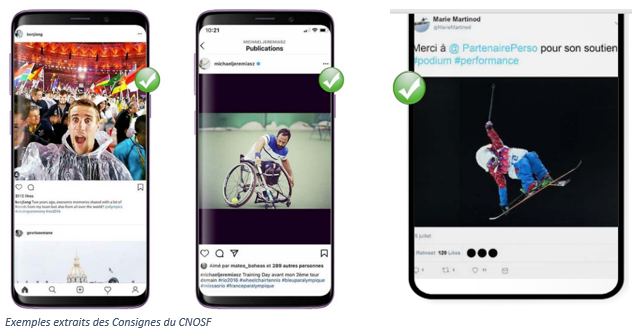
The aim of this special regulation is to promote the dissemination of Olympic values while respercting the image of the Olympic Games and the rights of the partners.
The above rules apply only during the Olympic period, from July 18 to August 13, 2024, explaining their severity (these rules may vary regarding the Paralympic period).
Our teams stay informed of developments on this subject and remain available to advise you on issues related to the use of your image, your intellectual property rights, and the conclusion of partnership agreements.
Partner and Mediator
[1] The term "participants" encompasses the ‘’athletes’’, their ‘’support personnel’’ (coaches, medical personnel, agents, team staff, etc.), as well as "officials" (including referees, jury members and any other accredited persons, the owners, shareholders, leaders, and staff of a sports organization or an entity organizing the competitions, etc.)
[2] Rule 40. 1 of the Olympic Charter
[3] Programme des partenaires olympiques (olympics.com)
[4] Texte d’application des règles 7-14 de la Charte olympique (point 4) et article L.141-5 du code du sport
[5] Rule 7.4 of the Olympic Charter
[6] Rule 7.1 of the Olympic Charter
[7] Rule 40 of the 2018 Olympic Charter
[8] Non-governmental organizations approved by the state to organize the practice of a sporting discipline. They are recognized by the IOC and must, to this end, have statutes, practices, and activities that comply with the Olympic Charter.
